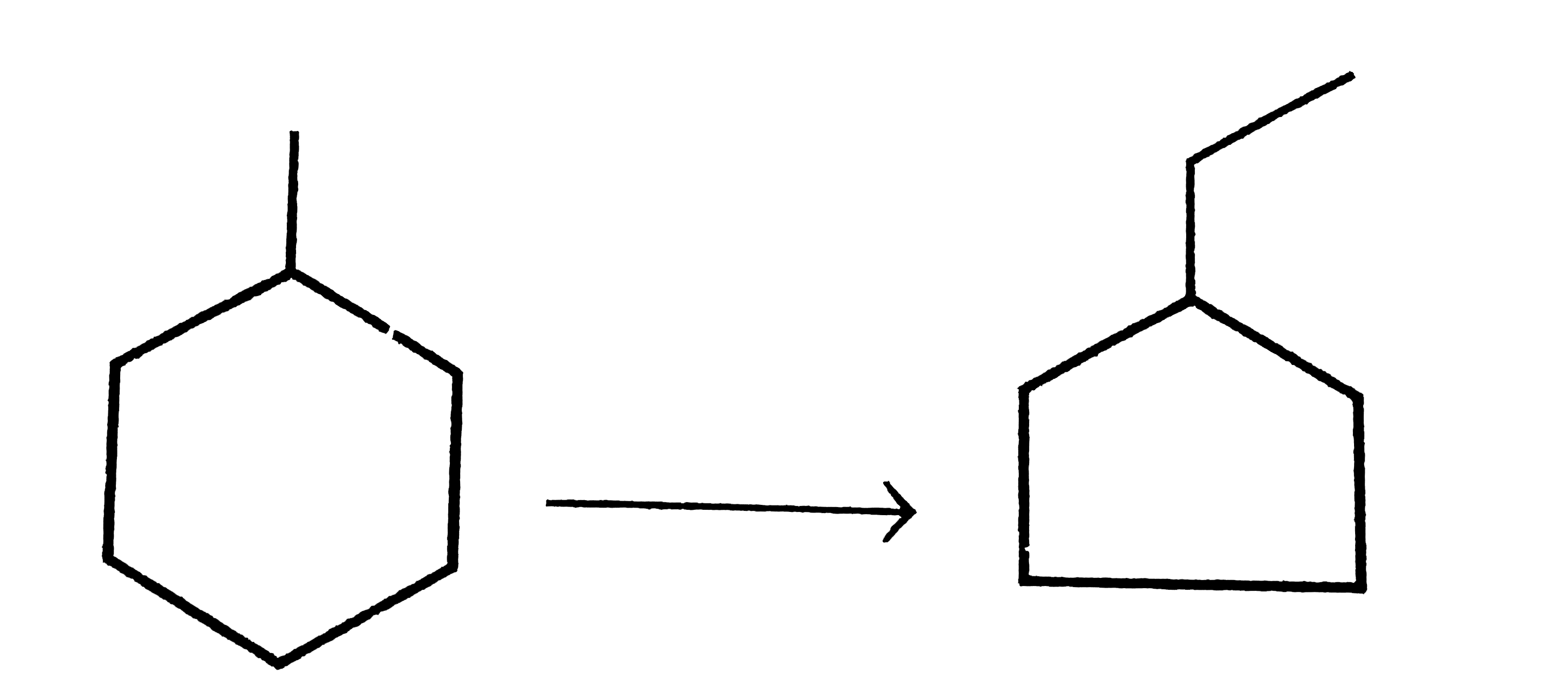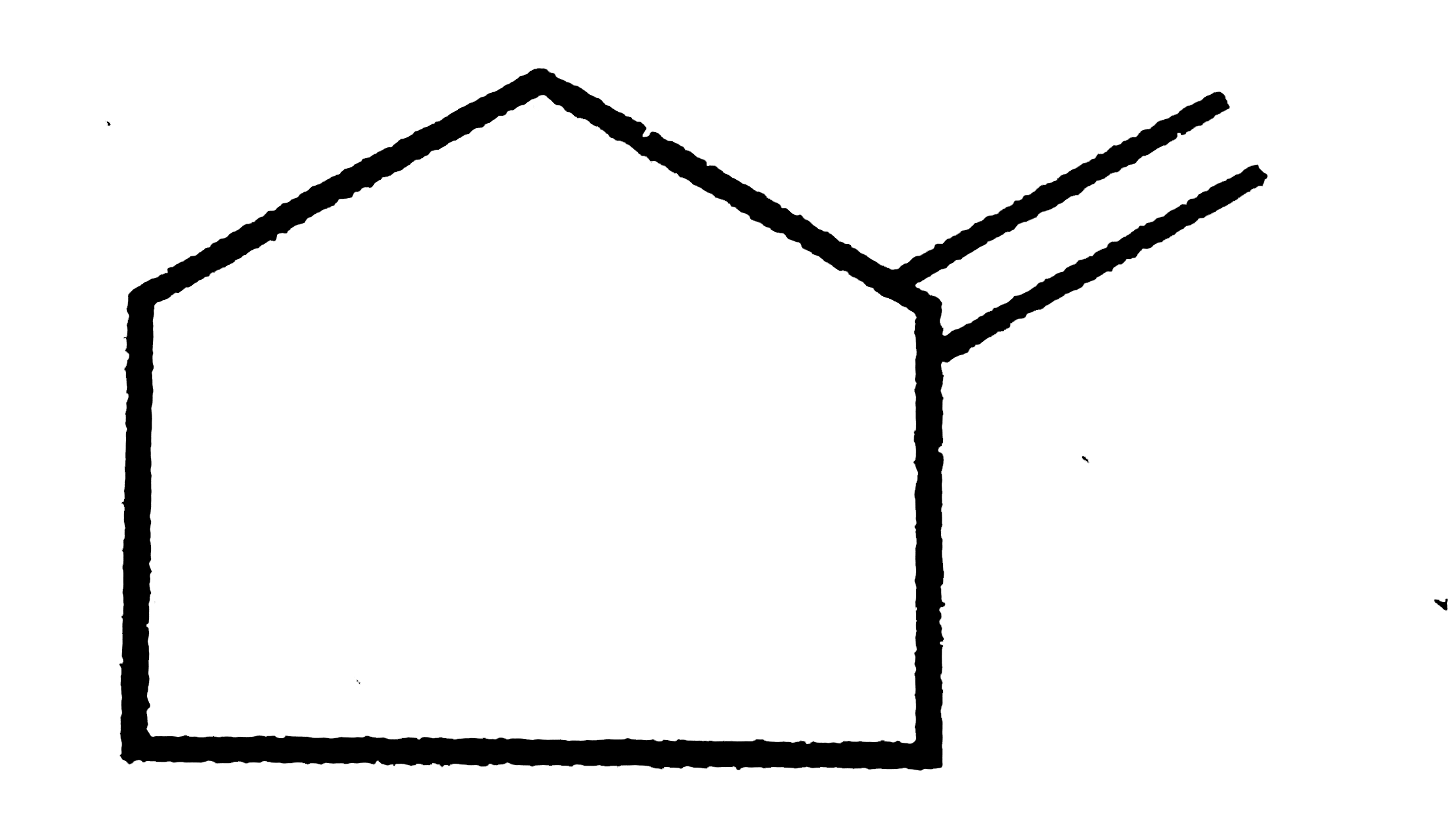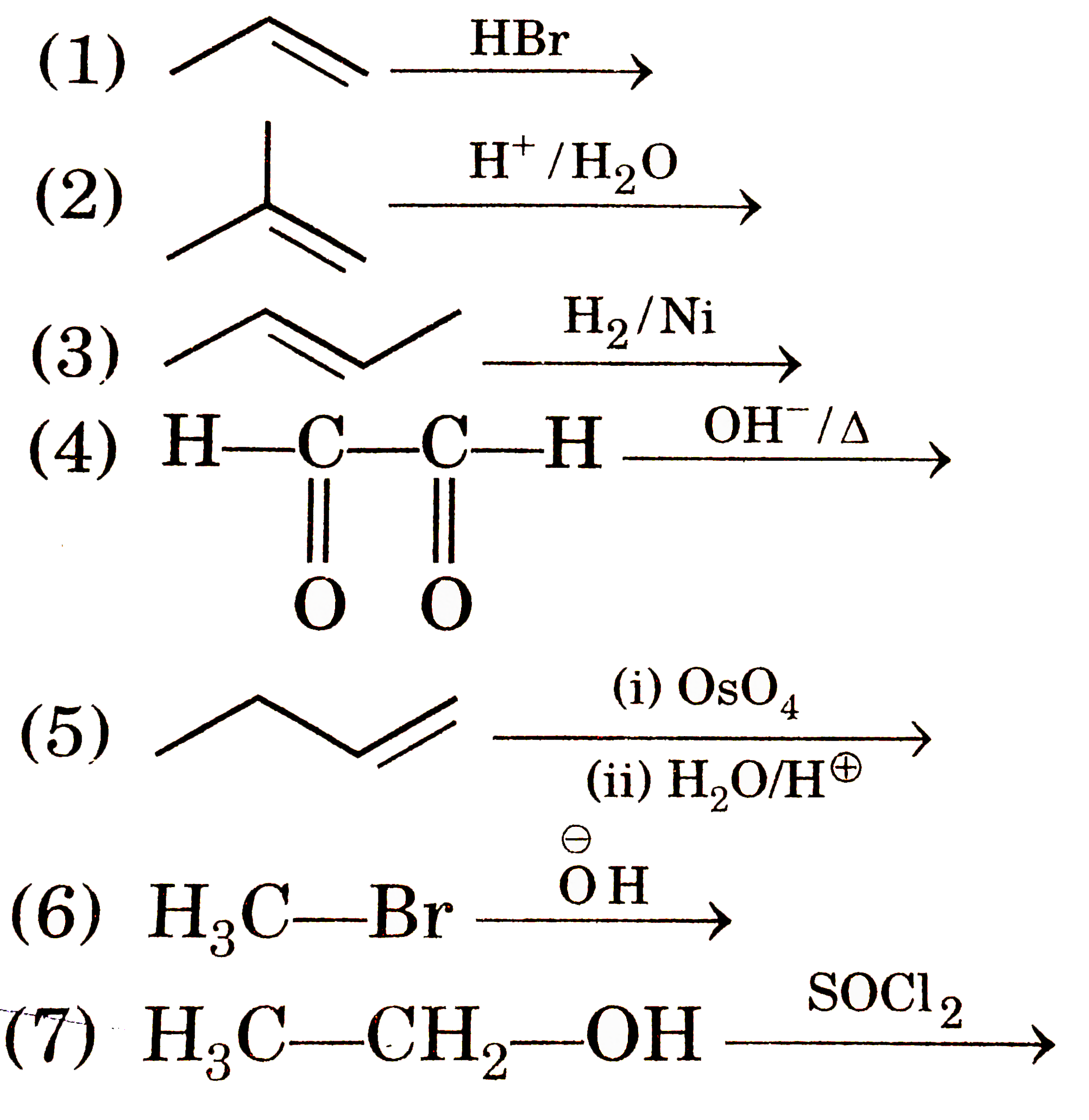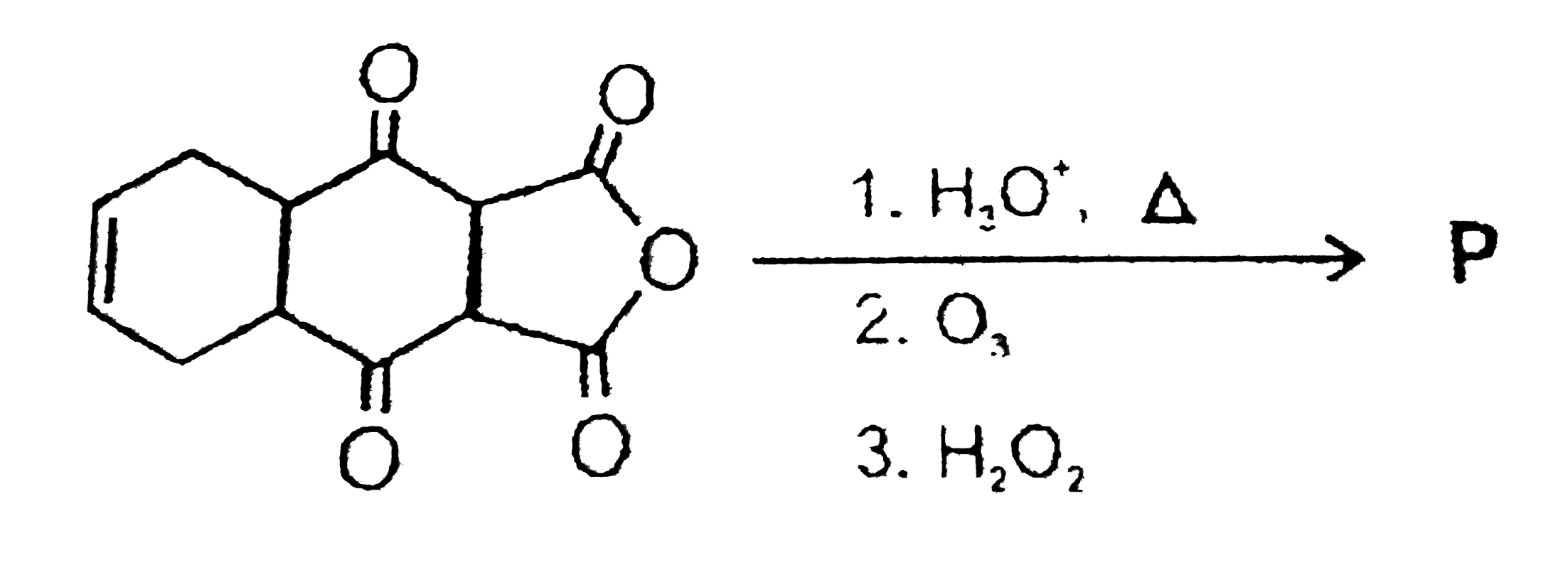Complete Solutions to Subjective Type of chapter HYDROCARBON (ALIPHATIC) of Class 12 book with complete answers and questions
| Class 12 | CHEMISTRY |
| Chapter | HYDROCARBON (ALIPHATIC) |
| GRB PUBLICATION | Subjective Type |
| Number Of Questions | 37 |
| Academic Year | 2023-24 |
Propane reacts with chlorine in sunlight to give two products. 1-chloropropane is obtained in 44% yield and 2-chloropropane is obtained in 56% yield of the total product. What will be the percent yield of the major product obtained when butane is treated with `Cl_(2)` in similar conditions
View SolutionPropane reacts with chlorine in sunlight to give two products. 1-chloropropane is obtained in 44% yield and 2-chloropropane is obtained in 44 % yield and 2- chloropropane is obtained in 56% yield of the total product. 2-Methylpropane reacts with chlorine under same conditions to produce 1-chloro-2-methylpropane 66% and 2-chloro-2- methylpropane 33% .Wht will be the percent yield (X) of the major product obtained when 1,3,5,-trimethylcyclohexane is treated with `Cl_(2)` in similar conditipons?
View Solution
(a) Number of organic product formed during this reaction.
(b) Number of stereoisomers possible to major organic product of this reaction.
(C) Oxidation state of Os before reaction.
(d) Oxidation state of Os after reaction.
View SolutionFollowing conversion can be done in four steps using four reagents one after the other . These four reagents are listed below with four other reagents. Write the number of most suited reagents , in order you want to use them and present the four digit number in OMR sheet. For example if you want to use (1) than (2) and (3) than (4) fill 1234 in OMR sheet.

View SolutionSelect the given code of reagents for following conversion and write your answer as abcd. If reagent is used once then you need not to take it again.

(1) `Br_(2)//hv` (2)
NBS
(3) aq. KOH (4) `NaNO_(2)//HCl`
(5) `O_(3)Zn//H_(2)O` (6) `CH_(2)N_(2)//Delta`
(7) `PCl_(3)` (8) conc. `H_(2)SO_(4)//Delta`
(9) Red P/HI (excess)
View SolutionConsider following reactions :

Write the number of reactions (in increasing order) in which major product is having benzene ring. Answer can be one, two , three or four digit number.
View Solution(a) Hydrogen A gives monobromo derivative on reacting with excess HBr, 1 mole of the hydrocarbon require 6 moles of `O_(2)` for complete combustion , total number of carbon atoms present in hydrocarbon.
(b) Total number of possible isomers for A are.
(c) Hydrocarbon B gives red ppt. with `Cu_(2)Cl_(2) NH_(4)OH.` One mole of B require 8.5 moles of `O_(2)` for complete combustion. How many carbon atoms are present in the hydrocarbon? (d) Position of multiple bond in hydrocarbon B is .
View Solution
(a) Number of X which can show geometrical isomerism.
(b) Number of X which can show optical isomerism.
View SolutionSelect the given code of reagents for following conversion and write your answer as abcd. If reagent is used once then you need not to take it again.

View SolutionNumber of different carbonyl compounds formed ozonolysis of following compound.

View Solution
(a) Theoretically how many monobromo allylic subtitution products are formed when the above compound is treated with NBS?
(b) How many of these products are optically active?
(C) How many of these products are capable of showing geometrical isomerism?
(d) what is the degree of unsaturation at the major product?
View SolutionGive total number of reaction which at least 1 carbon oxidise during reaction.

View SolutionWhen isopentane is subject to monochlorination. What will be the number of monochlorinated product contain chiral carbon?
View SolutionHow many alkene on catalytic hydrogenation give isopentane as a product?
View SolutionOn acid hydration of how many alkene 2,3-dimethyl-2-butanol will be produced?
View Solution
Total diols formed after final reaction will be :
View SolutionHow many monochloro derivatives are possible for

View Solution
bromo derivatives formed during reaction will be :
View SolutionReaction-1 : `CH_(3)-CH_(2)-CH_(2)-CH_(2)-CH_(3)overset(Cl_(2))underset(hv)(to)` Optically active monochloro products (s) are (R) .
Reaction-2 : Optically active di-chloro products (s) are (S).
Optically active di-chloro products (s) are (S).
Reaction-3 :
Optically active di-chloro product (s) are (P).
Reaction-4 : 2-methoxy propane`overset(Cl_(2))underset(hv)(to)` Optically active monochloro product (s) are (Q).
What is the sum of P+Q+R+S?
View SolutionHow many types of hydrocarbons will form by radical combination in following reaction?
`Me-X+Et-X+underset(1-"Halo propane")(Pr-Xoverset(Na//ether)(to))`
View SolutionComplete the following reaction

View Solution
How many products will be formed in above reaction ?
View SolutionHow many monobromo alkenes are produced during the reaction?

View SolutionHow many allylic mono brominated products will be formed when NBS is treated with the given compound.
`.^(14)CH_(2)= CH-CH_(3)`
View SolutionNumber of ozonoide structure formed during ozonolysis of 2-methyl-but-2-ene.
View Solution(i) Cis-2-butene`overset(Br_(2))underset(C Cl_(4))(to)`
(ii) Trans-cyclo octene`overset(Br_(2))underset(C Cl_(4))(to)`
(a) Number of organic products obtained in X. ltbr. (b) Number of organic products obtained in Y.
(C) Number of possible stereoisomer of product of X.
(d) Number of possible stereoisomer of product of Y.
View SolutionConsider following reaction :


(a) Number of reaction which take place via carbocation.
(b) Number of reactions which take place via free radical.
(C) Number of reactions which take place via carbanion.
(d) Number of reactions which produce diastereomeric pair as major product.
View SolutionHow many of the following compound will decolourise bromine water?

View SolutionHow many phenyl rings are present in major product of the following reaction ?
aq. `Ph_(3)C-COOK overset("electrolysis")(to)`
View SolutionNumber of structures of monochloro derivative, obtained by replacement of H by Cl for ethyl cyclo pentene are `............`
View SolutionNumber of organic products which can be obtained during electrolysis of `H_(3)C-CH_(2)-COONa` are `.........`
View Solution
Total monochloro derivatives will be :
View SolutionHow many monochloro derivatives are possible for pentane?
View Solution`Aoverset(Al_(2)O_(3)+Cr_(2)O_(3))(to) " mesitylen "`
How many monochloro derivatives are possible for A ?
View Solution
Number of enantomeric pairs present in mixture of all monobromo products of the reaction are `.........`
View SolutionThe total number of alkenes possible by dehydrobromination of 3-bromo-3-cyclopentylhexane using alcoholic `KOH` is
View SolutionThe total number of carboxylic acid groups in te product P is:

View Solution
Subjective Type questions and complete solutions for chapter HYDROCARBON (ALIPHATIC) of GRB CHEMISTRY (HINGLISH) of Class 12